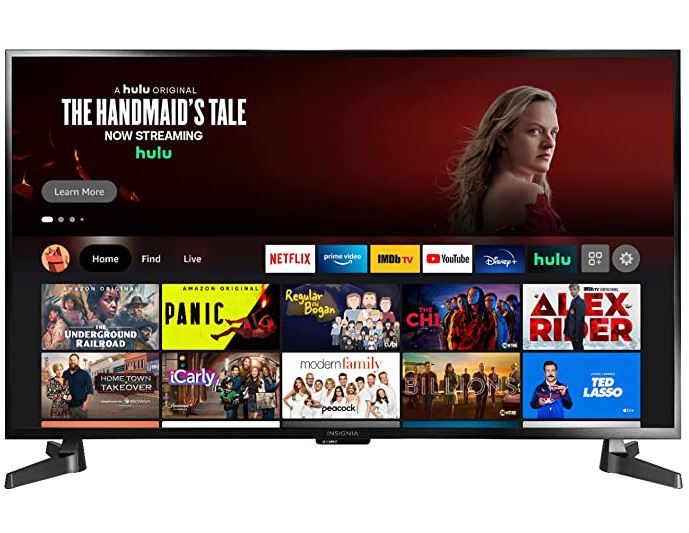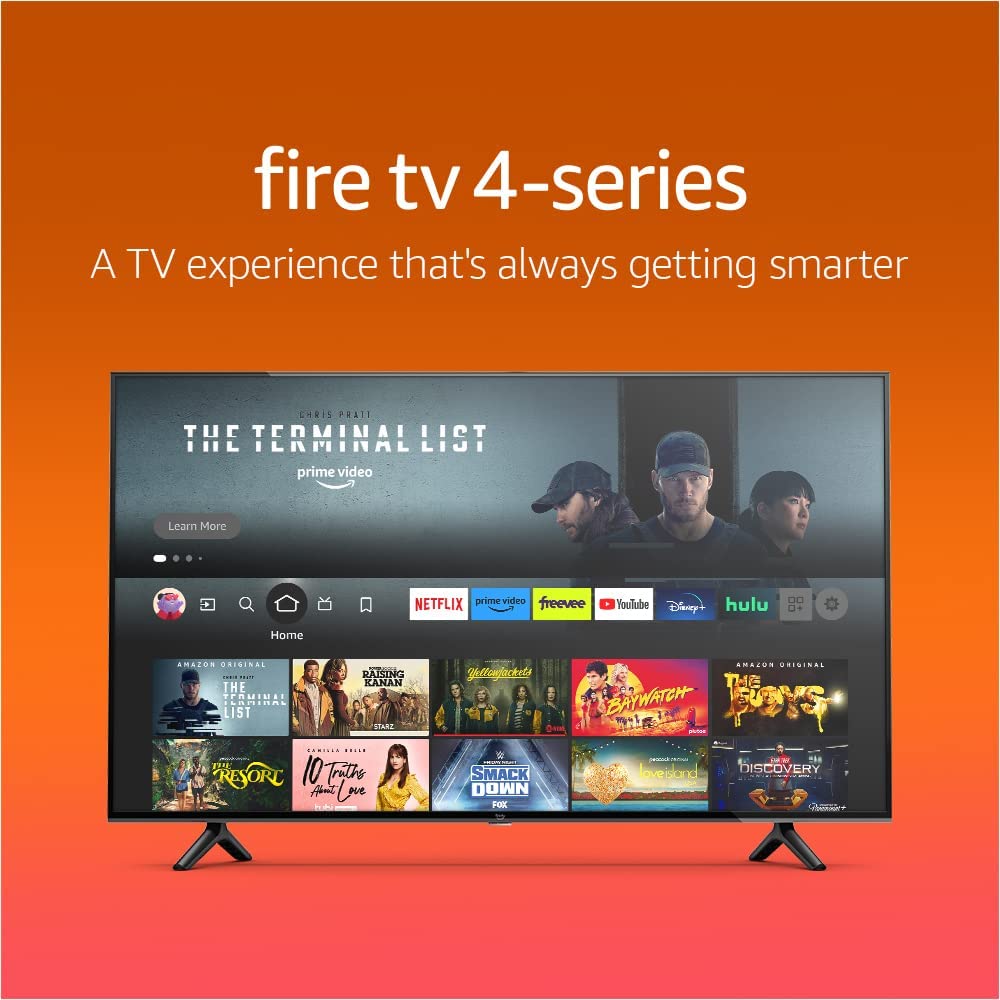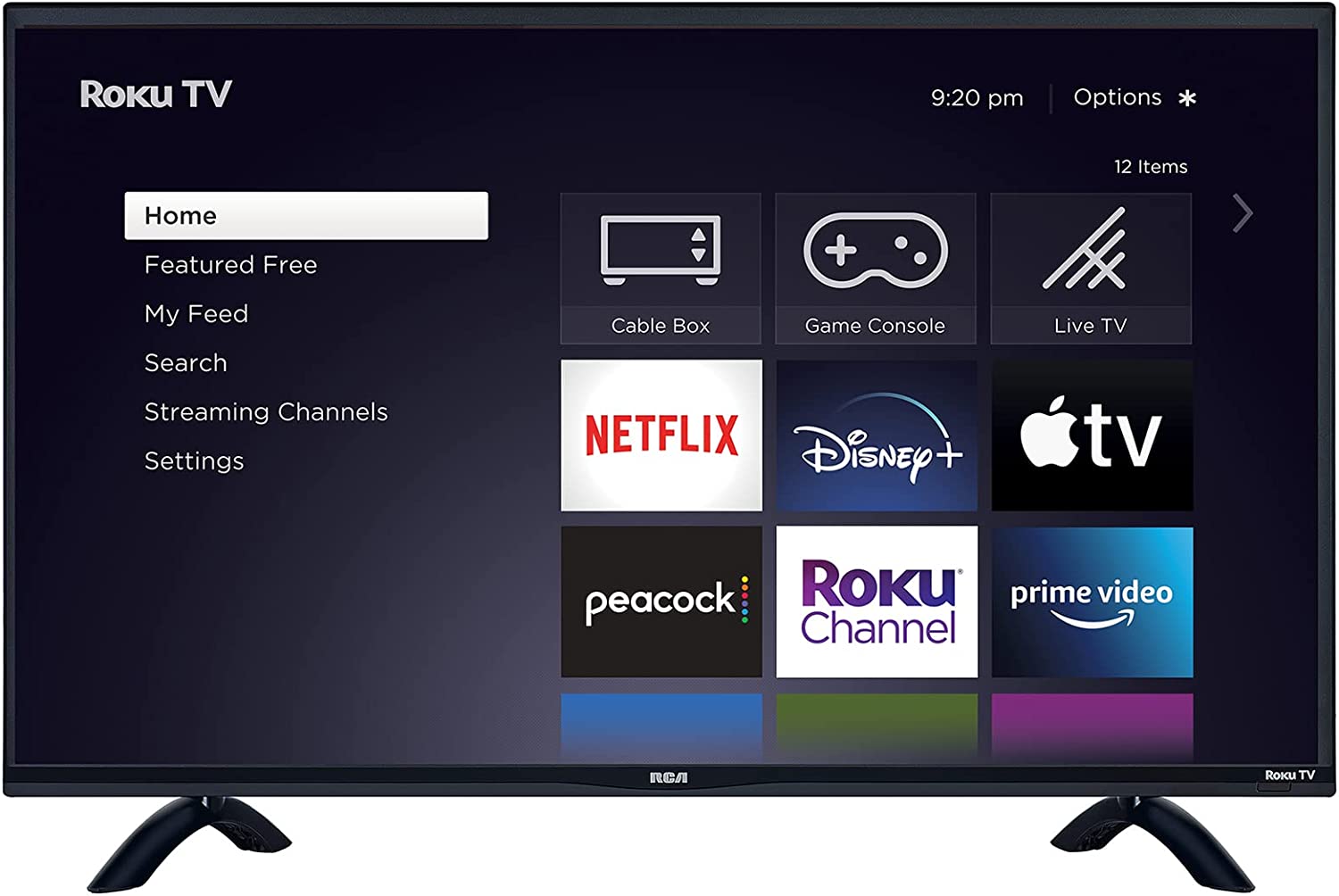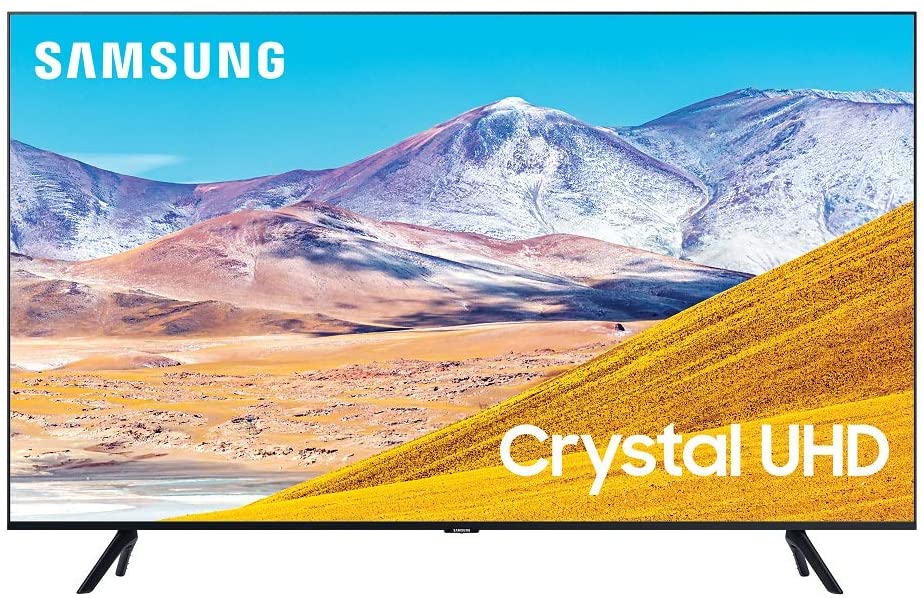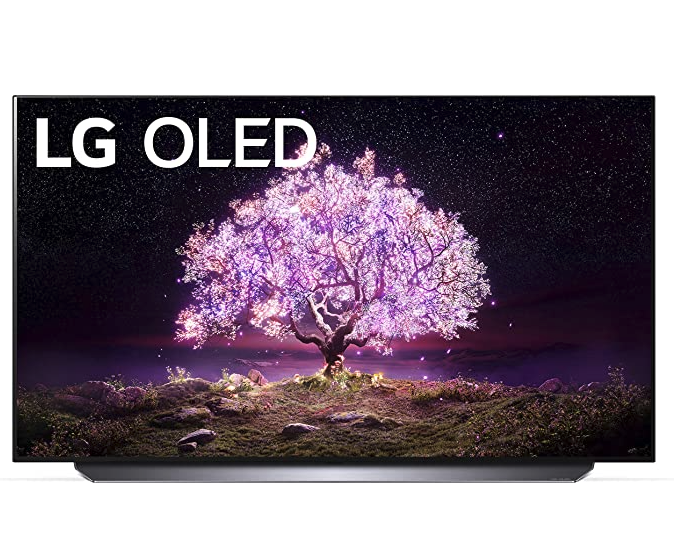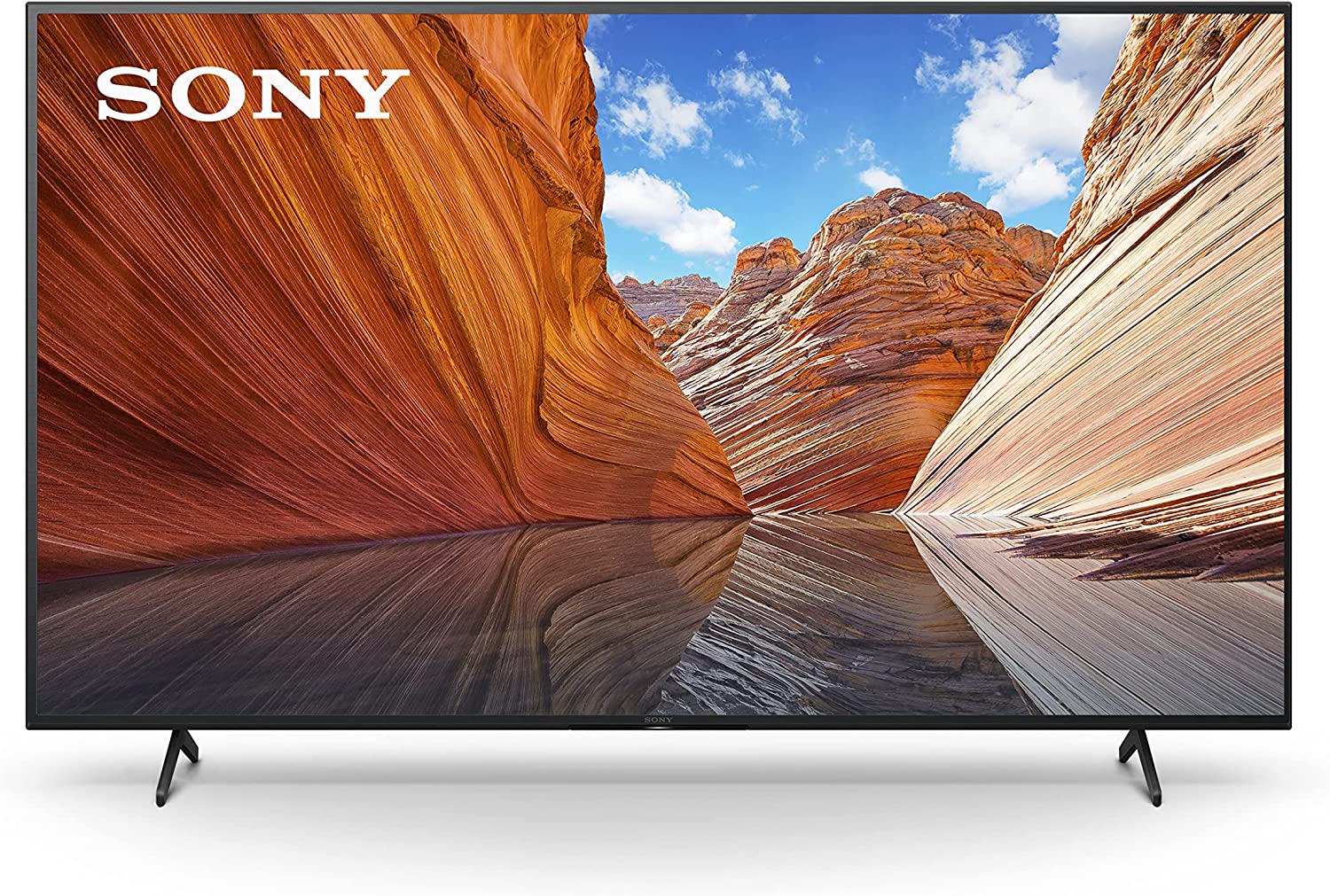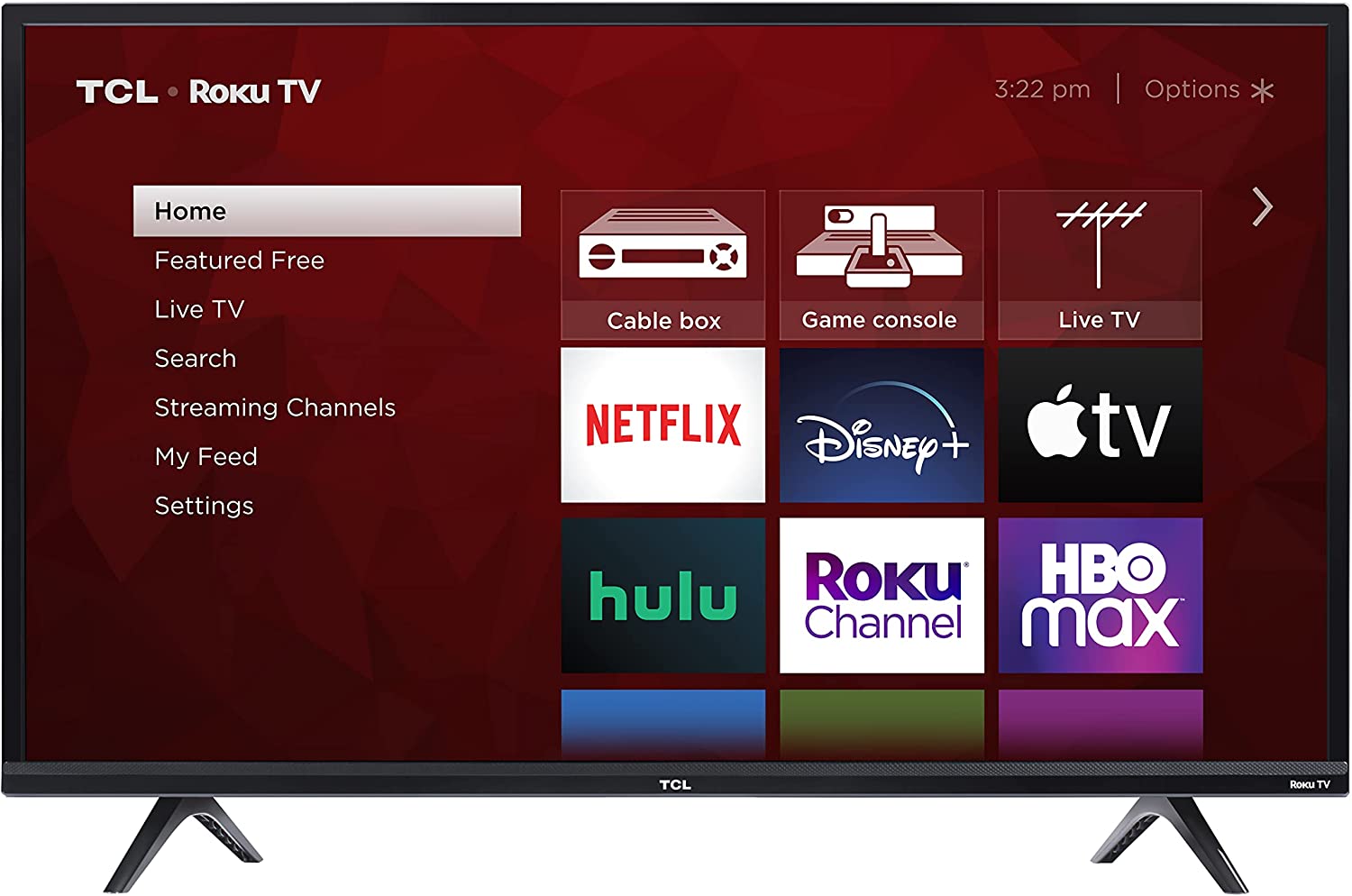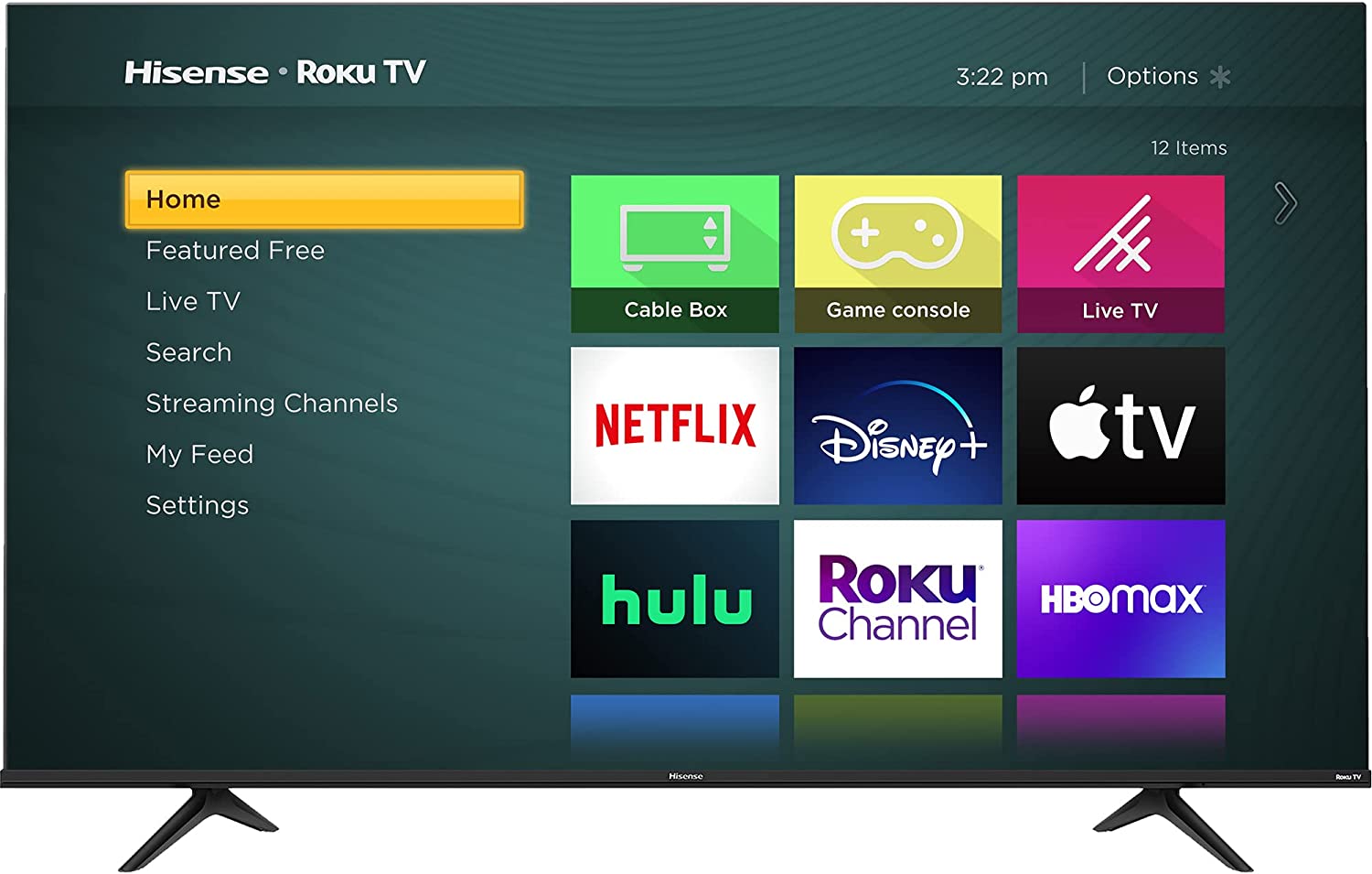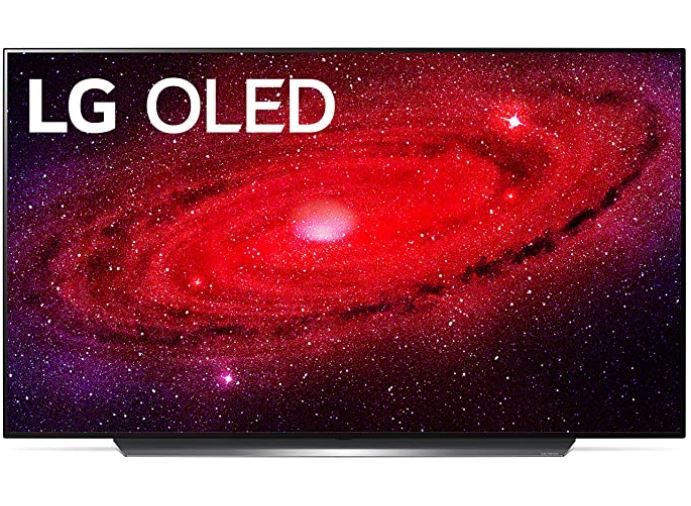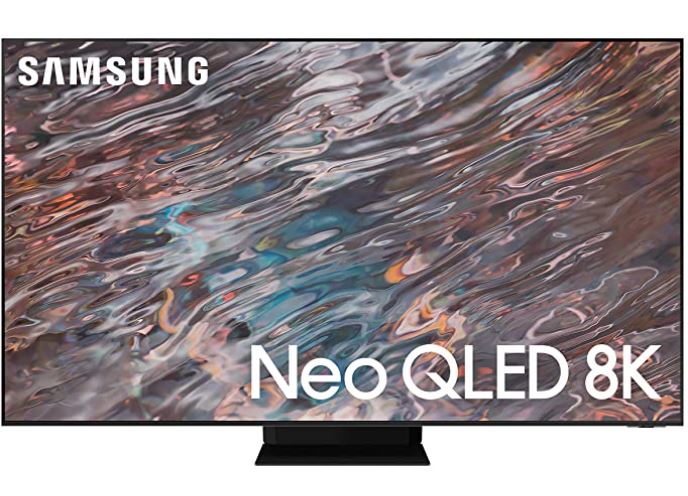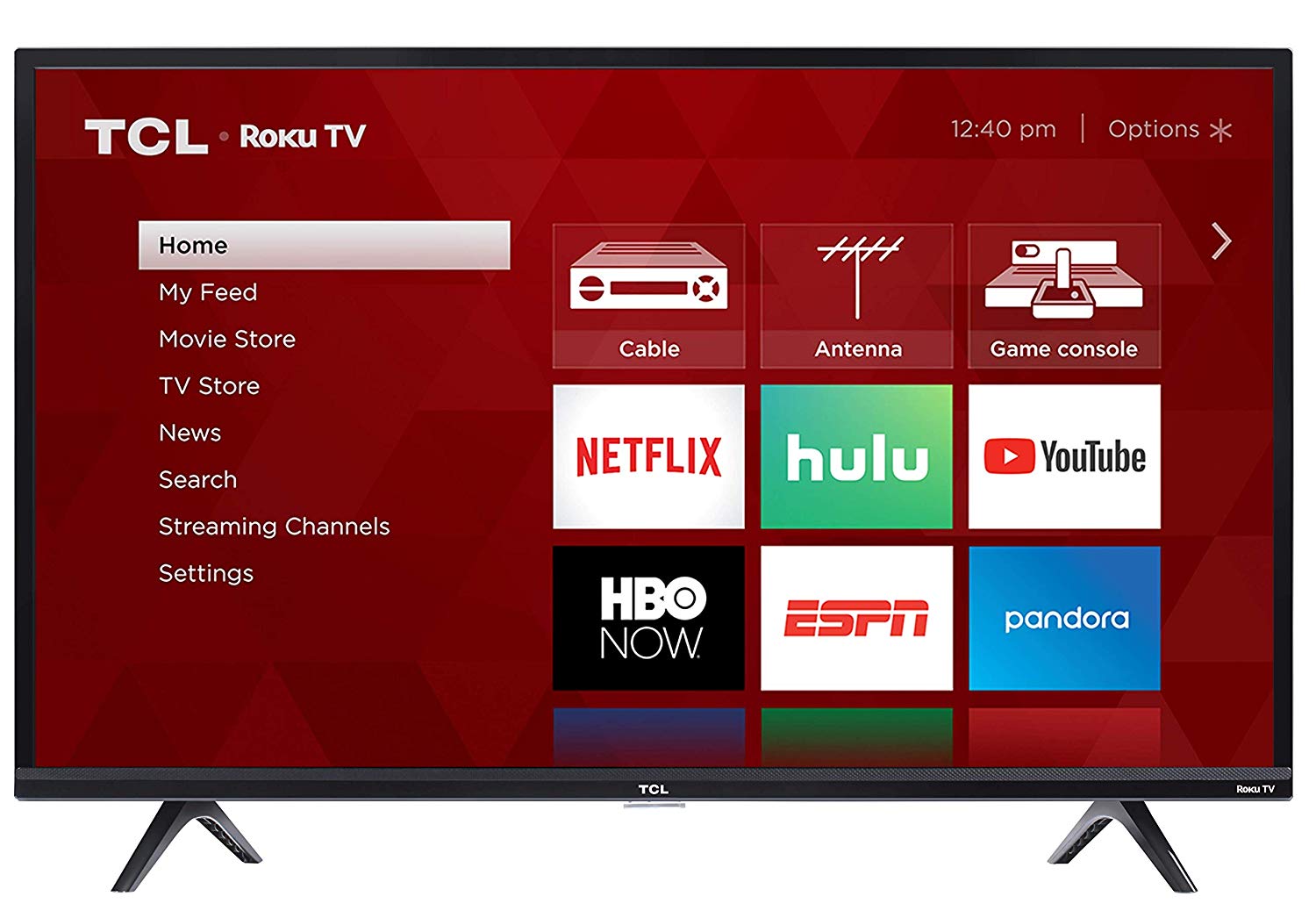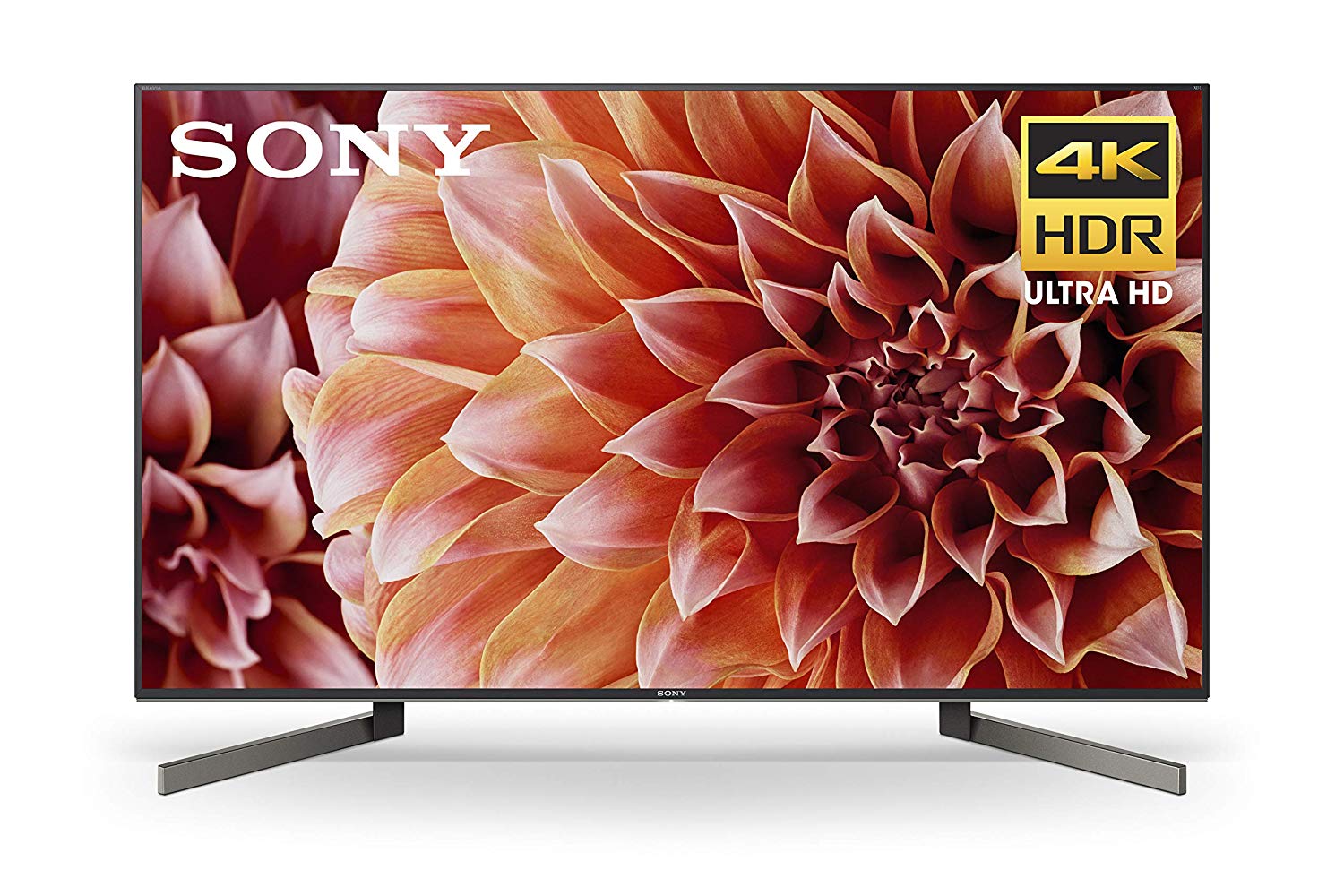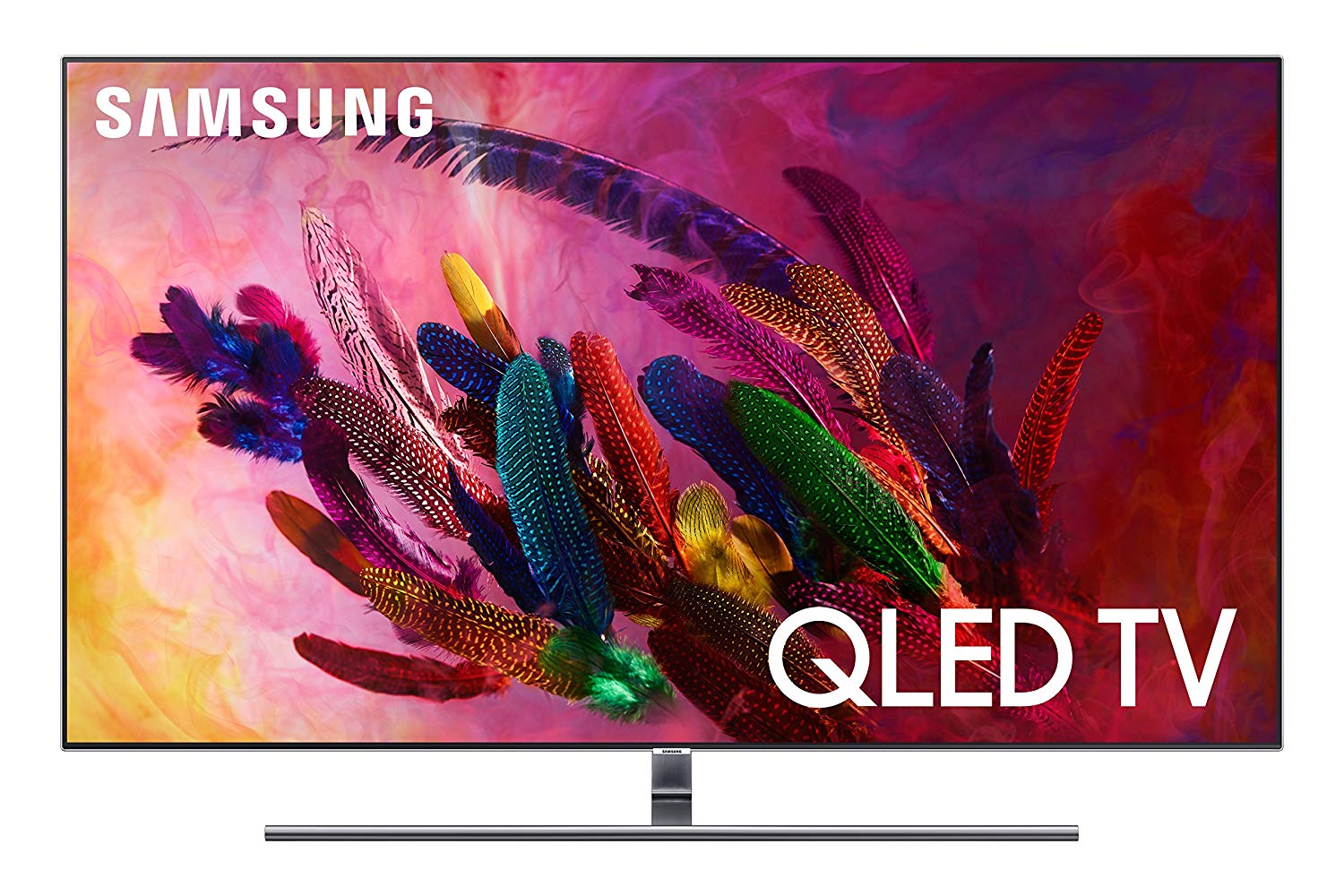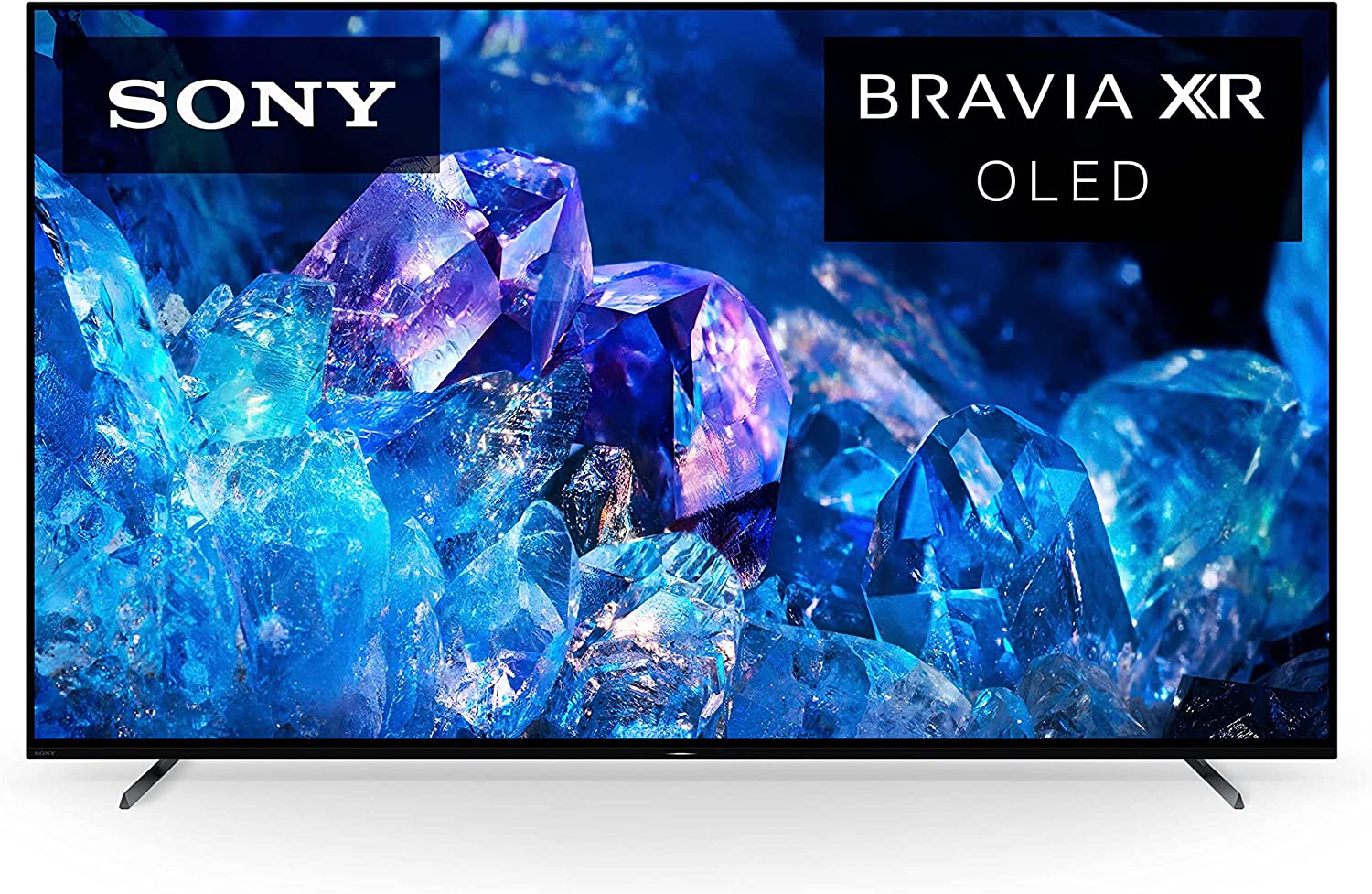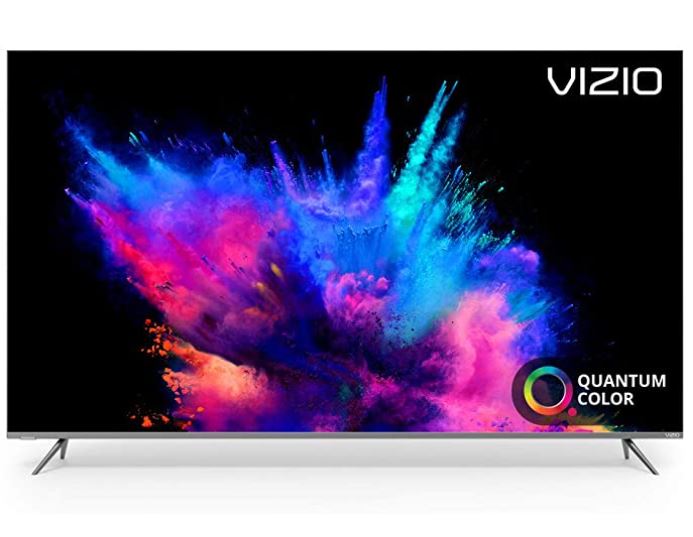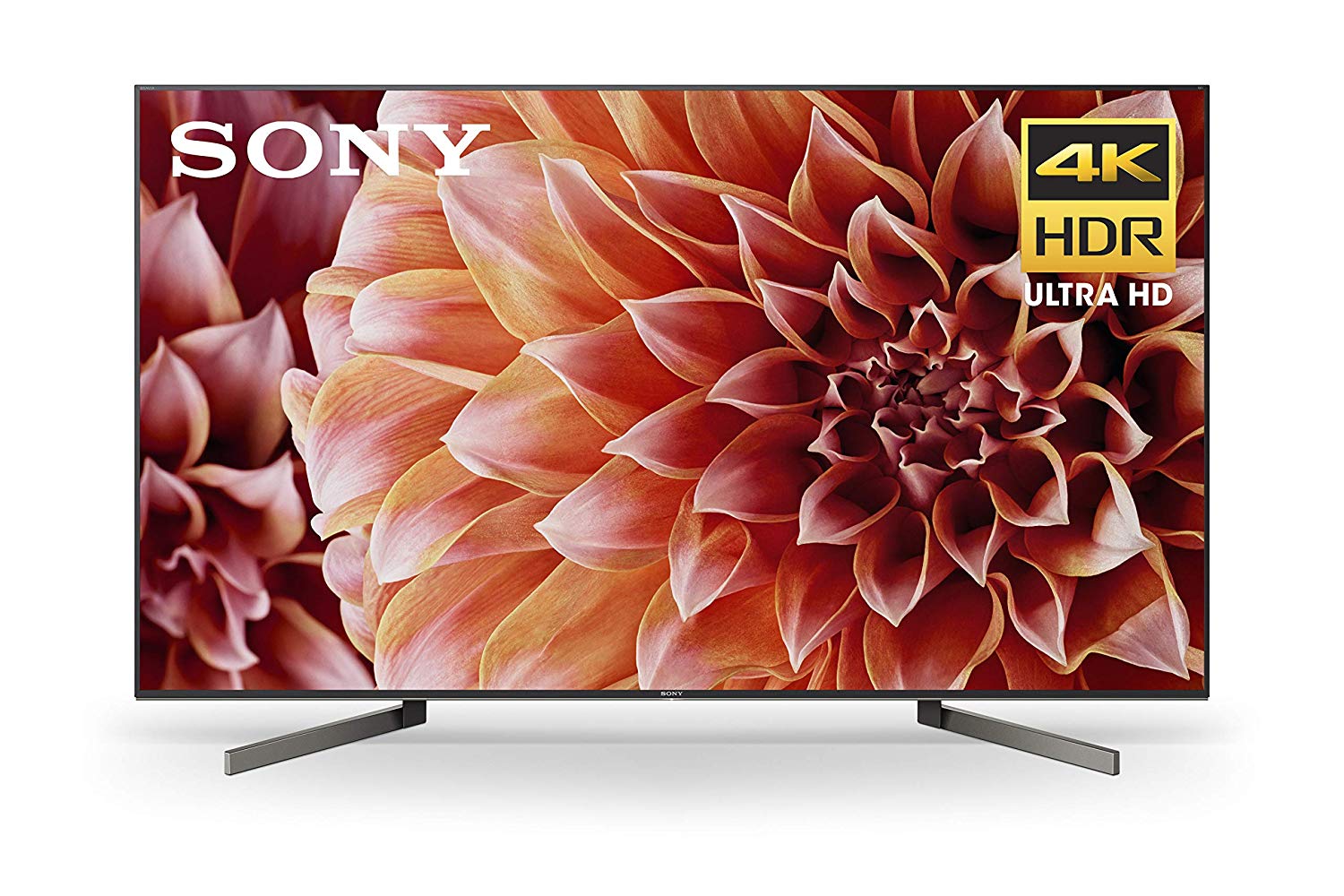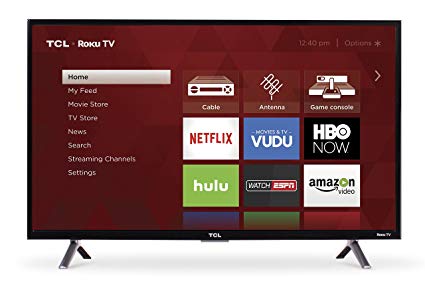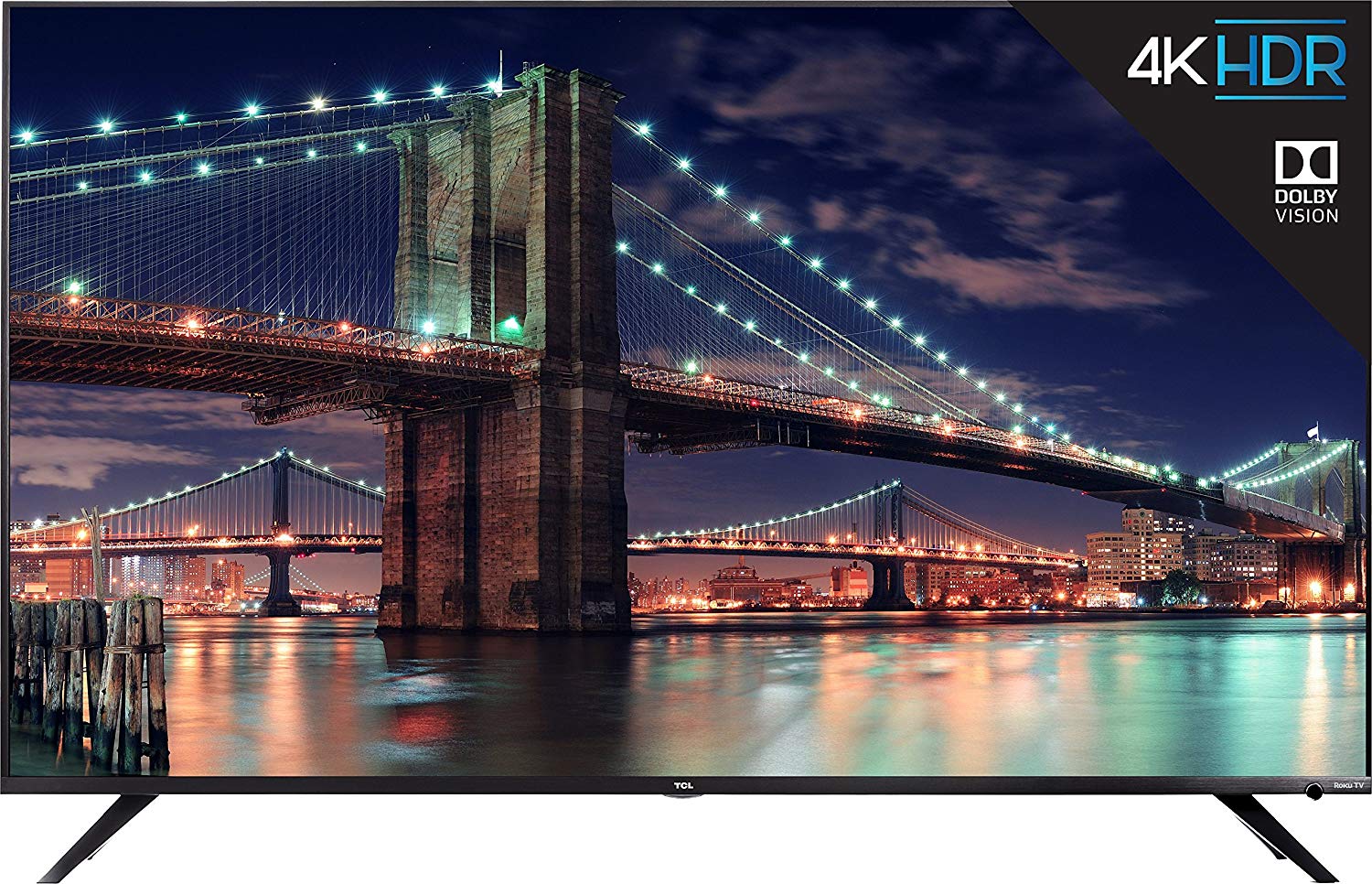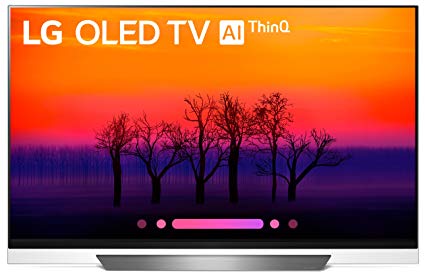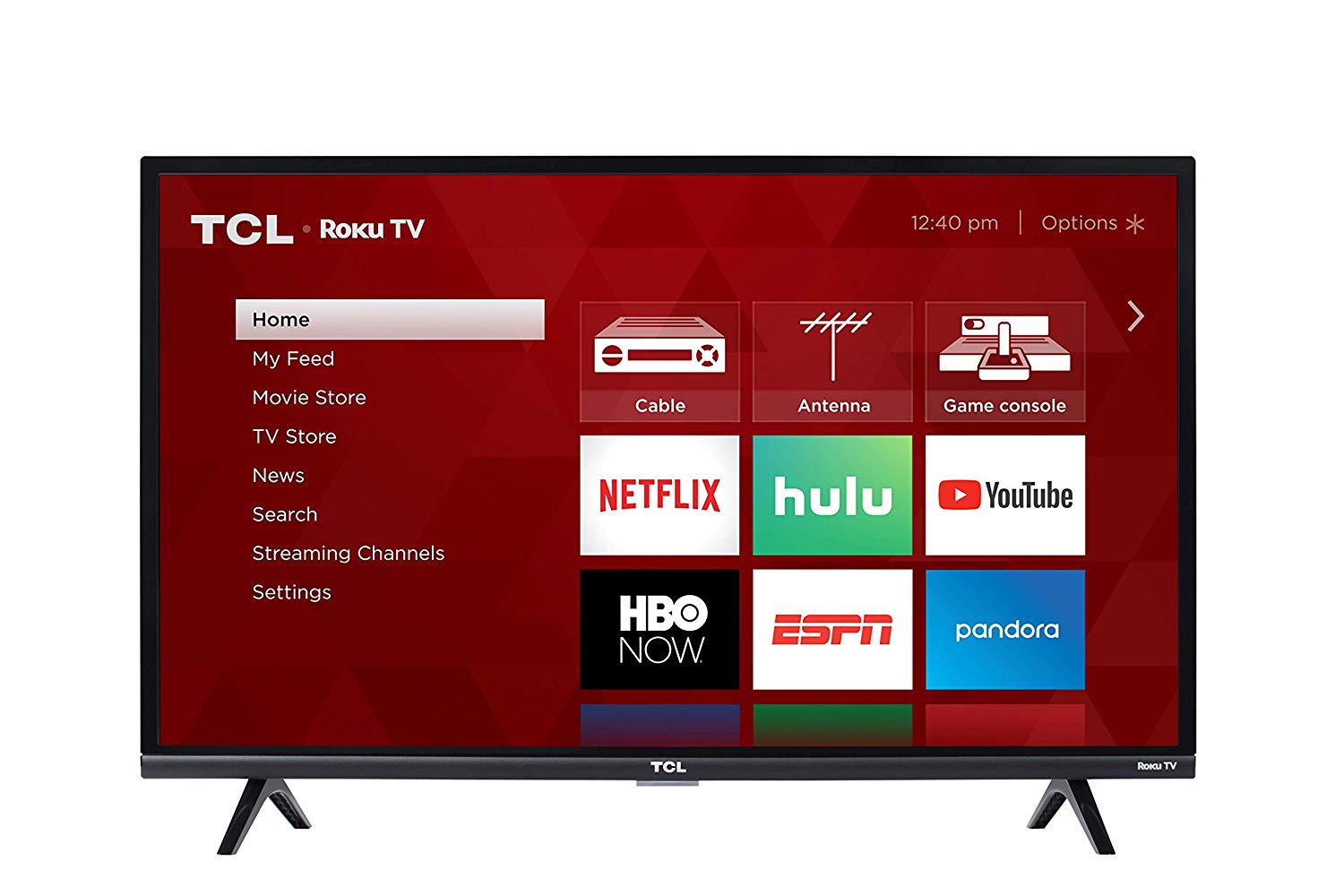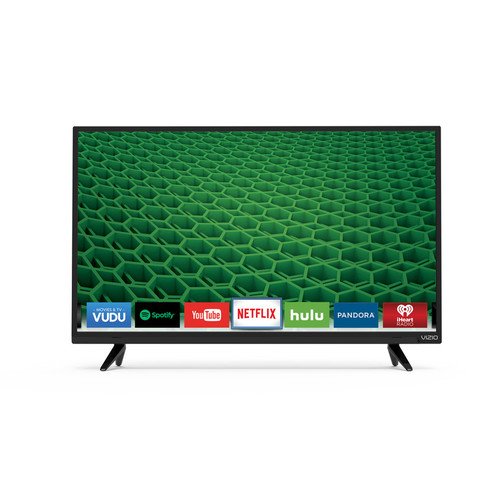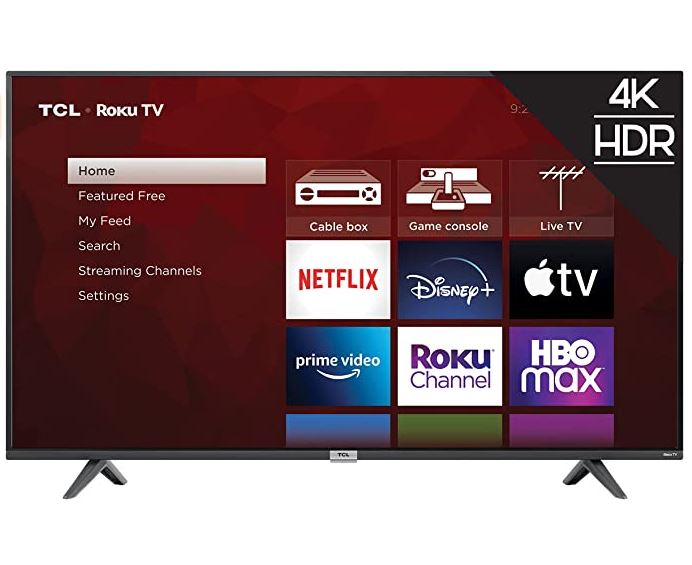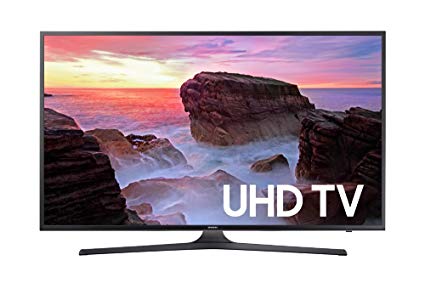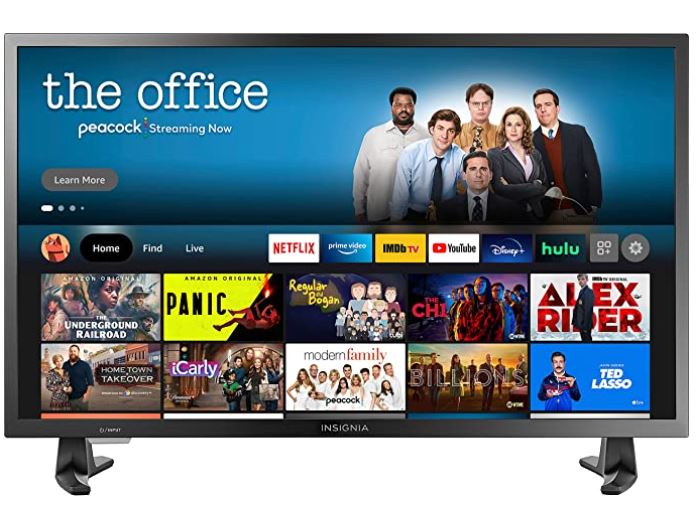Insignia Fire Premium Audio Smart TV, 43-Inch
Last updated: January 13, 2023
The Insignia 43-inch 4K Ultra HD Smart TV comes in a Fire TV edition that gives you easy access to the library of media that Fire TV offers. The remote lets you talk directly to it as you tell Alexa what you want to watch, making it a very convenient package.
We looked at the top Smart TVs and dug through the reviews from some of the most popular review sites. Through this analysis, we've determined the best Smart TV you should buy.
Product Details
Key Takeaway: The Insignia 43-inch 4K Ultra HD Smart TV gives you all the benefits of a Fire TV right out of the box.
In our analysis of 98 expert reviews, the Insignia Fire Premium Audio Smart TV, 43-Inch placed 19th when we looked at the top 26 products in the category. For the full ranking, see below.From The Manufacturer
Insignia 4K UHD Smart TV is a new generation of television featuring the Fire TV experience built-in and including a Voice Remote with Alexa. With true-to-life 4K Ultra HD picture quality and access to all the movies and TV shows you love, Insignia delivers a superior TV experience that gets smarter everyday. The Voice Remote with Alexa lets you do everything you’d expect from a remote—plus, easily launch apps, search for titles, play music, switch inputs, control smart home devices, and more, using your voice.
